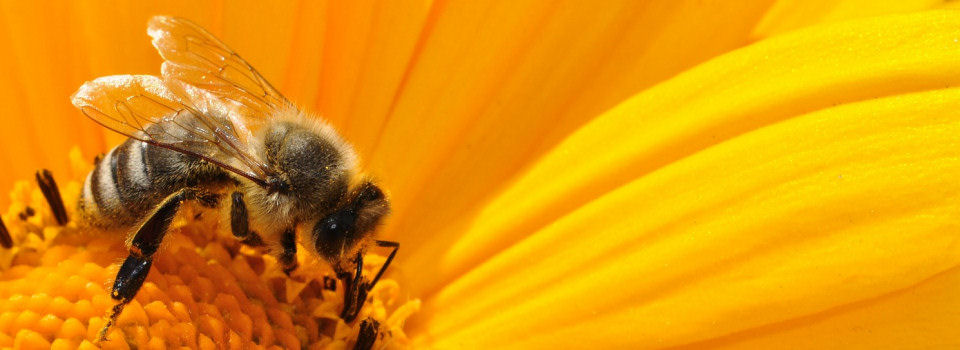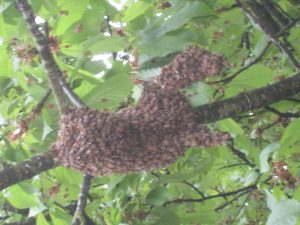Everything started at least two weeks earlier this year. The good weather we experienced meant that I could start spring cleaning on 1st of April, well before any large flow.
I also took advantage of the now smaller post-winter colonies to quickly find and clip all the queens (except one).
Hive 9 was a real surprise. This was a colony which had been moved away from the main apiary due to suspected infection with sac brood. It was also one of two that I deliberately did not give a full winter-feed. Whereas hive 5, the other colony treated in a similar fashion succumbed early in the winter, hive 9 continued to thrive and once we were clear of winter, an inspection showed no sign of sac-brood and they had existed on less than a Miller feeder of syrup.
Hive 4 which was a poorly laying queen was moved out of line and replaced with the now healthy hive 9.
The first supers were going on on 13th April again 2-3 weeks earlier than in the past.
After the early start to the season we were then subjected to an extended period of very poor weather which confined the bees to their hives. This enforced stay-at-home induced a swarming instinct in all the colonies even though they were all on 2023 queens. Needless to say, it was the unclipped queen which was the first to go. Fortunately they stayed close to home and were captured and hived.
All the others with clipped queens were reduced to one queen cell and allowed to swarm. The little clusters of bees in front of each hive were gathered up and added to the swarm hive.
By mid May, all the oil-seed-rape had finished flowering and honey extraction started with several hives yielding 2-3 supers.

